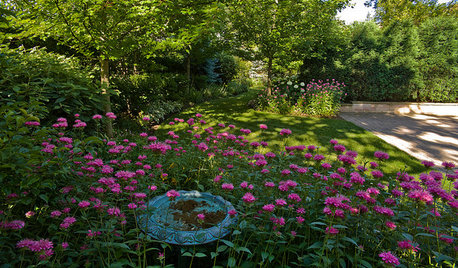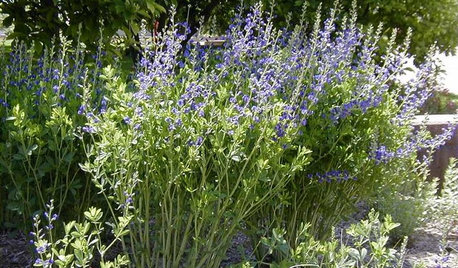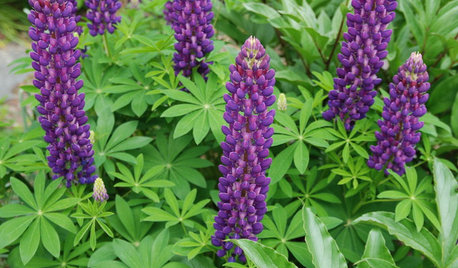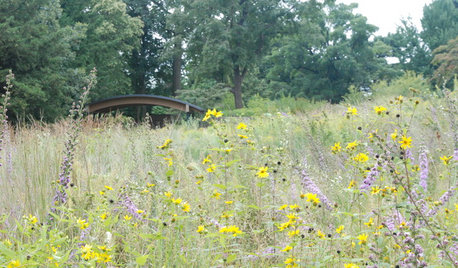Is this a Purple Loosestrife?
green_go (Canada, Ontario, z 5a)
9 years ago
Related Stories

GARDENING GUIDESGreat Design Plant: Pride of Madeira
Try this drought-tolerant stunner for its massive flower spikes that burst with purple, drawing butterflies and birds to the garden
Full Story
GARDENING GUIDES6 Plants That Beat Butterfly Bush for the Wildlife Draw
It's invasive, a nonnative and a poor insect magnet. Check out these better alternatives to butterfly bush in the garden
Full Story
You Said It: ‘The More Dents, the Better’ and More Houzz Quotables
Design advice, inspiration and observations that struck a chord this week
Full Story
GARDENING FOR BUTTERFLIES3 Ways Native Plants Make Gardening So Much Better
You probably know about the lower maintenance. But native plants' other benefits go far beyond a little less watering and weeding
Full Story
LANDSCAPE DESIGNExuberant Self-Seeders for Gorgeous, Easy-Care Gardens
Keep weeds down, color high and maintenance low with beautful plants that sow themselves
Full Story
GARDENING GUIDES5 Great Plants for Borders and Screens
Get the effects of a shrub but in less time — and drawing more winged pollinators — with these herbaceous perennials
Full Story
GARDENING GUIDESNortheast Gardener's May Checklist
Tiptoe through the lupines or dance under a flowering tree; warm weather brings abundant garden wonders to behold in the Northeast U.S.
Full Story
GARDENING GUIDESHow to Find the Right Plants for Your Garden
Break free from choosing plants by cold-hardiness zones for a beautiful landscape that thrives year-round
Full Story
GREEN BUILDINGBuilding Green: How to Design a Healthier Landscape
Plant selection, water management, fire-prevention measures and more can ensure that your landscape is good for the planet and for you
Full Story
GARDENING GUIDESGreat Design Plant: Silphium Perfoliatum Pleases Wildlife
Cup plant provides structure, cover, food and water to help attract and sustain wildlife in the eastern North American garden
Full StoryMore Discussions






Ruth_MI
gardenweed_z6a
Related Professionals
Windham Landscape Architects & Landscape Designers · Eden Prairie Landscape Architects & Landscape Designers · South Orange Landscape Architects & Landscape Designers · Goodyear Landscape Contractors · Aberdeen Landscape Contractors · Alpharetta Landscape Contractors · Bergenfield Landscape Contractors · Berkeley Heights Landscape Contractors · Cicero Landscape Contractors · Davidson Landscape Contractors · Holtsville Landscape Contractors · Leicester Landscape Contractors · Miller Place Landscape Contractors · Rancho Santa Margarita Landscape Contractors · Palos Hills Landscape Contractorskarin_mt
dbarron
Ruth_MI
ladygladys
karin_mt
laceyvail 6A, WV
dbarron
sunnyborders